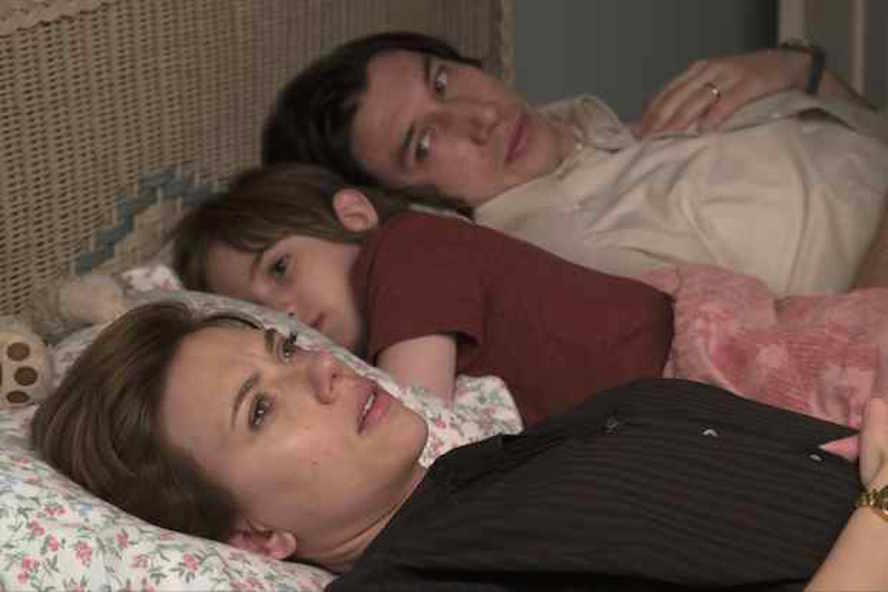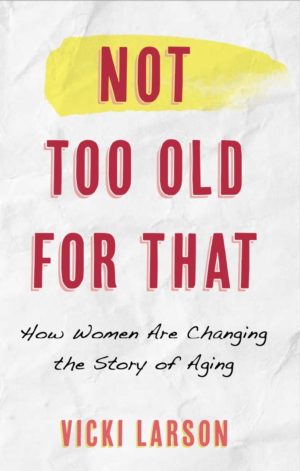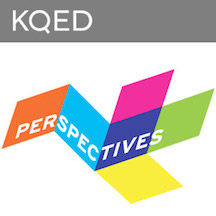I watched Noah Baumbach’s much-lauded “Marriage Story” like pretty much everyone else, and I had some feels about it. First, how thankful I am that my second divorce (which involved kids, so really the only divorce that seems to matter) was mediated. You really don’t want to get lawyers and family court involved — ever — although I realize not everyone can do that. But what stuck me is how many women can see themselves in Nicole, the actor wife who wants out of her marriage to avant-garde theater director Charlie. Marriage made her disappear, lose herself and her sense of identity.

They met when she was young rising theater star, fell in love, married, collaborated in theater projects, had a child and then he became “the draw.” She lost herself, her identity, as she immersed herself in his life, his apartment, his theater company, his city — New York, although she wanted to move to Los Angeles, an idea he rejected.
Her dreams and desires seemed to disappear, and his were the only ones that mattered. I can relate — it’s what happened to me. And yet, it wasn’t my former husband’s fault — he didn’t demand I accommodate his needs although I’m sure he was very OK with the fact that I did — nor is it Charlie’s.
The problem is that many women are all too willing to give up their dreams, hopes and aspirations once they get into a romantic relationship (well, a hetero romantic relationship). Why?
That’s been a discussion for many people over many years. For author and critic bell hooks, we gals find ourselves in this dilemma because many of us have been brought up to see a romantic partnership — especially marriage — as the main event of our life, an accomplishment, when in truth it’s just one of many ways to live, none better or worse if the person is satisfied in their choice.
Mismatched expectations
I know that being in a committed relationship means that we need to consider, respect and honor our partner’s feelings, needs, desires, hopes and goals. And, they should do the same for us.
The problem is that often doesn’t happen, clearly where Nicole and Charlie are — two basically decent people (well, Charlie did have an affair with a mutual friend, so there’s that) whose expectations of the other weren’t realistic, and now they can’t figure out any other way to navigate that except divorce. Which is why couples should have a relationship contract so that both are on the same page about such things.
Could this marriage be saved?
One solution I see is for them was to become LATs — have a live apart together relationship with Nicole in LA with their son (he has a support system there) and Charlie in NY. Granted, it’s somewhat harder to live apart with children — but not impossible — and remember, divorce typically ends up forcing children to have separate households anyway (and a lot of anguish from fighting parents).
Rather than divorce, couples can change the form of the marriage to accommodate each partner’s goals.
Therapists, of course, rarely have that kind of vision. Which is why Ian Kerner, a New York marriage and sex therapist, suggests that a couples-therapy intervention might have saved their marriage:
They’re able to go to vulnerable, tender places. They’re able to like each other; they each have their subjective experiences of what occurred in the marriage. But I felt like there was a real potential for them to hear and learn from each other. They had the capacity to learn.
How to make that happen, though?
‘Vapors of patriarchy’
Even for so-called modern, egalitarian couples — which I imagine many young couples today are, or are at least striving to be — it’s not easy, as Kerner notes:
There were certain gendered elements in this, in that he’s dictating where they’re going to be. When it came to staying in New York, it was a decision [because that’s where his career was based]. When it came to the question of whether to move the family to L.A., it was a conversation [because it was for her career]. So even in the most egalitarian relationships, there are probably vapors of patriarchy. But in general we definitely saw a modern, egalitarian relationship, and one where they did have a lot of growth and support needs fulfilled. The problem is, they weren’t talking about those needs with each other.
The last sentence says it all — “they weren’t talking about those needs with each other.”
I know — the “communication is everything” in a relationship conversation gets boring after a while. And yet it is the conversation. If you can’t share your needs, goals and aspirations with the person you love and they can’t share theirs with you, and if you can’t come to agreement about how you’re going to make all of that happen as a couple and what it’s going to look like and when, then it’s just not going to work out all that well. And, it actually can’t just be a conversation — it has to be an ongoing conversation and it has to be an agreement (preferably written) that you’ll hold each other accountable for.
Otherwise you’ll end up like Nicole — giving up your dreams, hopes and aspirations to accommodate your romantic partner and then blowing it all up, after years of simmering anger and resentment, and dragging your kids into it all.
Want to explore a LAT relationship? (Of course you do!) Read The New I Do: Reshaping Marriage for Skeptics, Realists and Rebels (Seal Press). You can support your local indie bookstore (please do) or order it on Amazon. And we’re now on Audible.
















